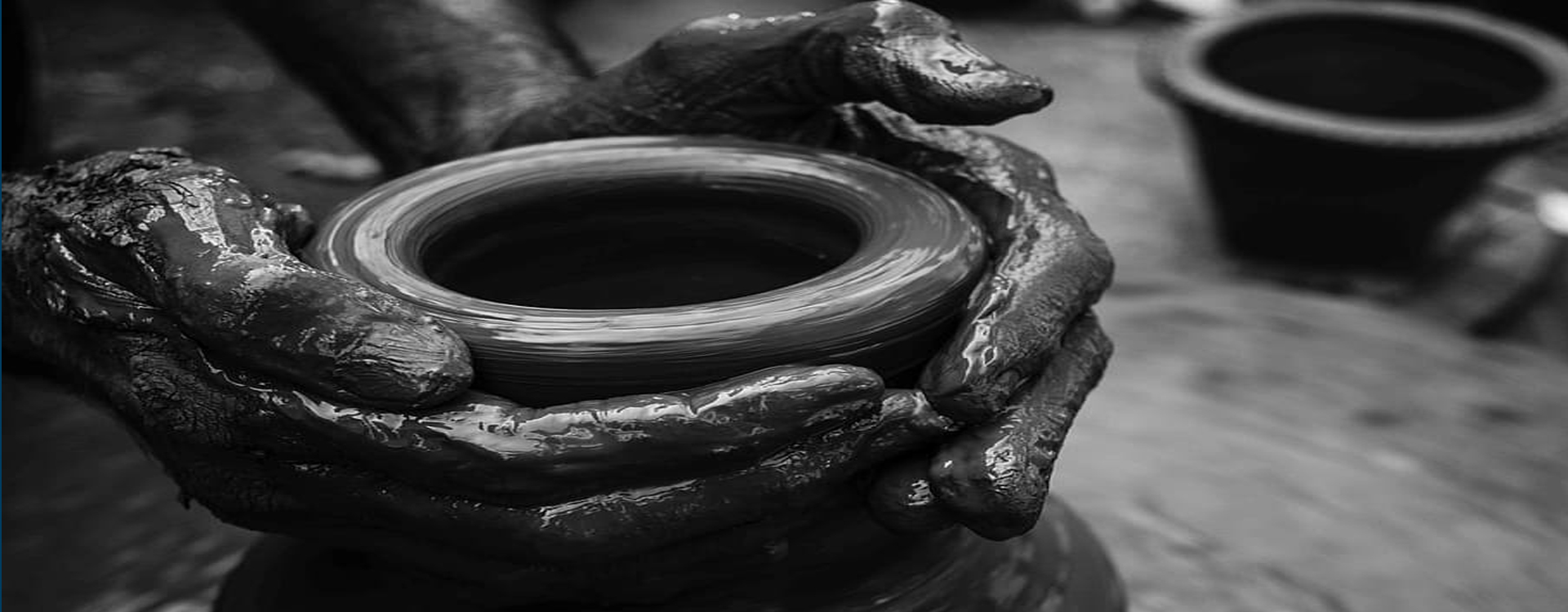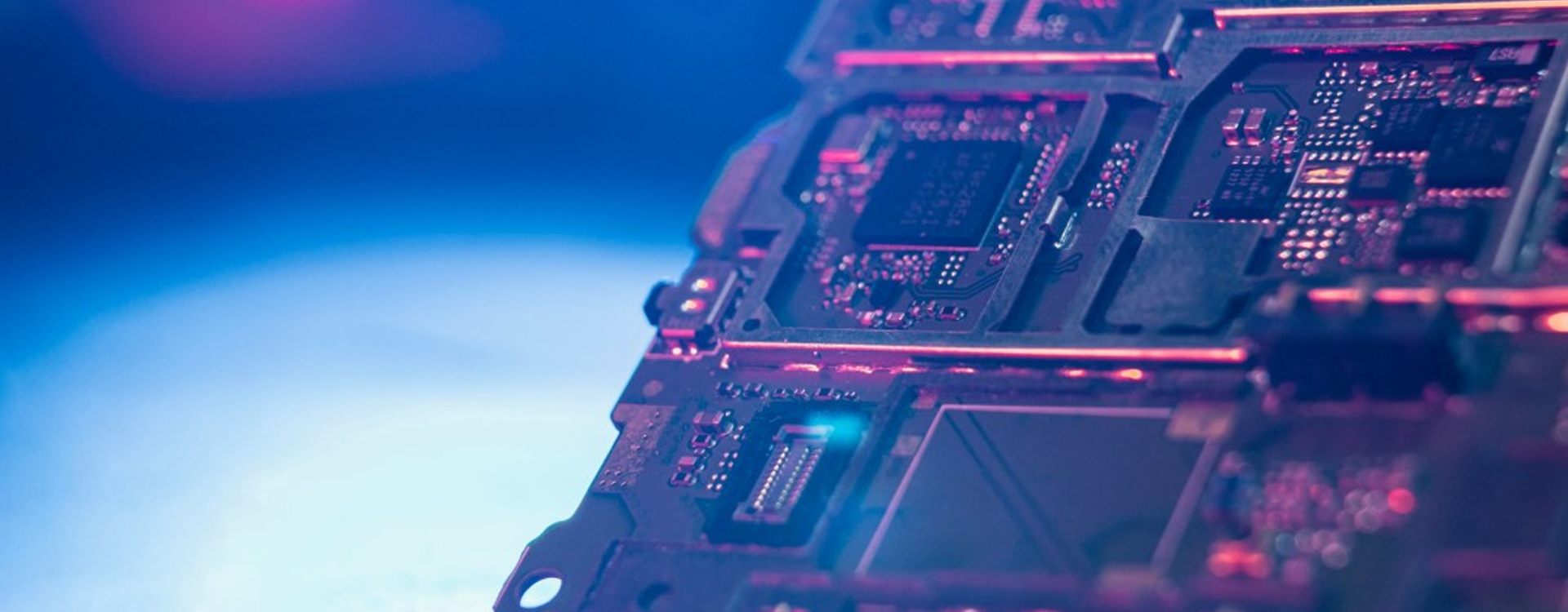Seminar Details
Mg alloys are promising structural materials owing to their low density and high strength-to-weight ratio, but their vulnerability to saltwater corrosion limits their widespread deployment in various engineering sectors. In this regard, Mg-Y-Zn-Zr alloys have emerged useful for automotive and biomedical applications owing to the rare combination of tensile strength and ductility achieved by thermo-mechanical processing improving the distribution of secondary precipitates (W-phase: Mg3Zn3Y2, and Mg12ZnY: LPSO). However, the instantaneous and long-term corrosion behavior of Mg-Y-Zn-Zr alloy in saltwater is poor, and the role of secondary precipitates is elusive in the literature. Therefore, the present work develops Mg-4.0Y-4.0Zn-0.5Zr-0.2Ca (wt.%) (WZ44) alloy by squeeze casting followed by solution heat treatment (T4) and forging at elevated temperature to modify the microstructure and improve the mechanical properties. Although forged WZ44 alloy exhibits better mechanical properties, the corrosion in 0.1 molar NaCl solution was inferior to pure Mg. Therefore, a cerium-based conversion coating (CeCC) was explored by optimizing different experimental parameters (pH, concentration, temperature, and coating duration: 30s, 60s, 120s, and 1800s). The optimized CeCC coating juxtaposed with phosphate treatment (CePT) can improve the corrosion resistance of WZ44 alloy. However, the coating comprised of pores and cracks, allowing Cl- ions ingression, which leads to pitting corrosion. Therefore, the development of a crack-free coating was paramount. In this regard, ultrasonic-shot peening (USP) combined with CeCC/CePT treatment and an organic-inorganic duplex coating comprising CeCC/CePT and polymethylmethacrylate (PMMA) were explored. The USP treatment drastically improved the corrosion resistance of the WZ44 alloy by inducing compressive residual stress and strain hardening phenomena. On the contrary, crack-free PMMA/CeCC-duplex coating displayed superior corrosion resistance (three orders of magnitude higher) compared to the bare specimens. The body of work presented here successfully demonstrates the development of a high-strength WZ44 alloy and approaches to develop a non-porous coating offering maximum corrosion resistance in saltwater.


